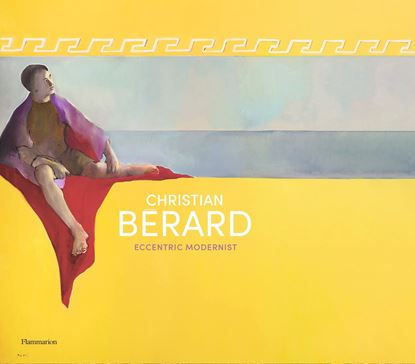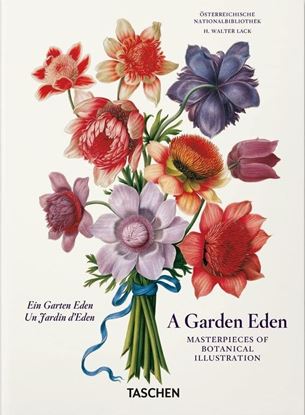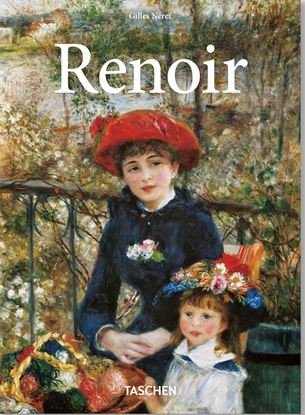

CHRISTIAN BERARD. ECCENTRIC MODERNIST
Christian Bérard worked freely in many artistic circles and fields as a painter, designer of theater and film sets and costumes, fashion designer, interior designer, masterful draftsman, and colorist. His iconic drawings epitomized the Paris fashion world and graced the covers of Vogue, Harper’s Bazaar, and Women’s Wear Daily in the 1920s and 1930s. Tracing his eccentric and colorful life of encounters and artistic partnerships with the greatest creatives of his time—Jean-Michel Frank, Christian Dior, Gabrielle Chanel, Jean Cocteau, Boris Kochno—this book includes more than two hundred of his paintings, drawings, photographs, intimate correspondences, and interior decorations, along with portraits of Bérard by Cartier-Bresson, Horst, and Schall.
1,500
1,125
A GARDEN EDEN. MASTERPIECES OF BOTANICAL
En la búsqueda del placer por el conocimiento y la belleza, el arte de la ilustración botánica siempre ha requerido una meticulosa técnica de delineado y una rigurosa comprensión científica. Esta nueva edición, que incluye nuevas imágenes, repasa toda la tradición botánica y sus talentos, con una selección de las mejores obras de la Biblioteca Nacional de Viena.
Desde manuscritos bizantinos hasta obras maestras del siglo XIX, a través de peonías, lirios y crisantemos, estas exquisitas reproducciones deslumbran por su precisión y su estética. Sea con hojas cuidadosamente enrolladas, texturas de frutas dibujadas con precisión o la belleza pura y la variedad de los colores, esta forma de arte es tan delicada como precisa, e incluso despierta nuestra conciencia sobre el entorno ecológico y sobre la preciosa flora natural tan amenazada.
2,300
1,725
RENOIR. (40TH ED.) (E)
Eternamente cautivadoras, las pinturas de Pierre-Auguste Renoir (1841-1919) son la encarnación de la felicidad, el amor y la belleza. Basada en el libro de gran formato —la retrospectiva más completa de su obra publicada hasta la fecha—, esta edición compacta examina en detalle la historia personal del pintor y las motivaciones detrás de la leyenda. Aunque comenzó su carrera pintando paisajes en estilo impresionista, Renoir encontró su verdadera vocación en los retratos, tras lo cual abandonó por completo el impresionismo. Pese a haber sido malinterpretado con frecuencia, Renoir sigue siendo uno de los pintores más queridos de la historia, sin duda por la calidez, la ternura y la alegría de vivir que emanan sus cuadros.
En este texto magistral que detalla toda la trayectoria del artista y traza su evolución estilística, Gilles Néret muestra cómo Renoir reinventó las formas de la mujer en la pintura a través de sus diosas cotidianas de generosas curvas. La última fase en la obra de Renoir, en la que regresó al simple placer de pintar el desnudo femenino a través de su serie de bañistas, fue la más innovadora y de mayor influencia estilística, e inspiraría luego a maestros como Matisse y Picasso.
2,300
1,725











